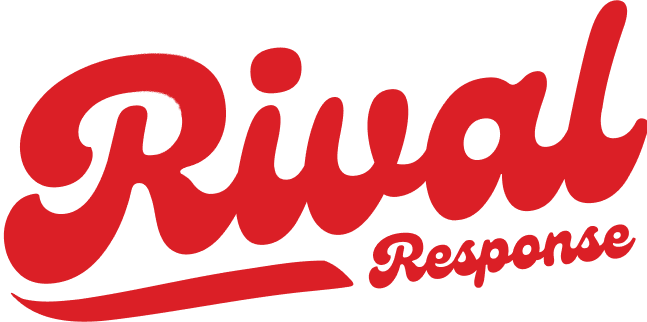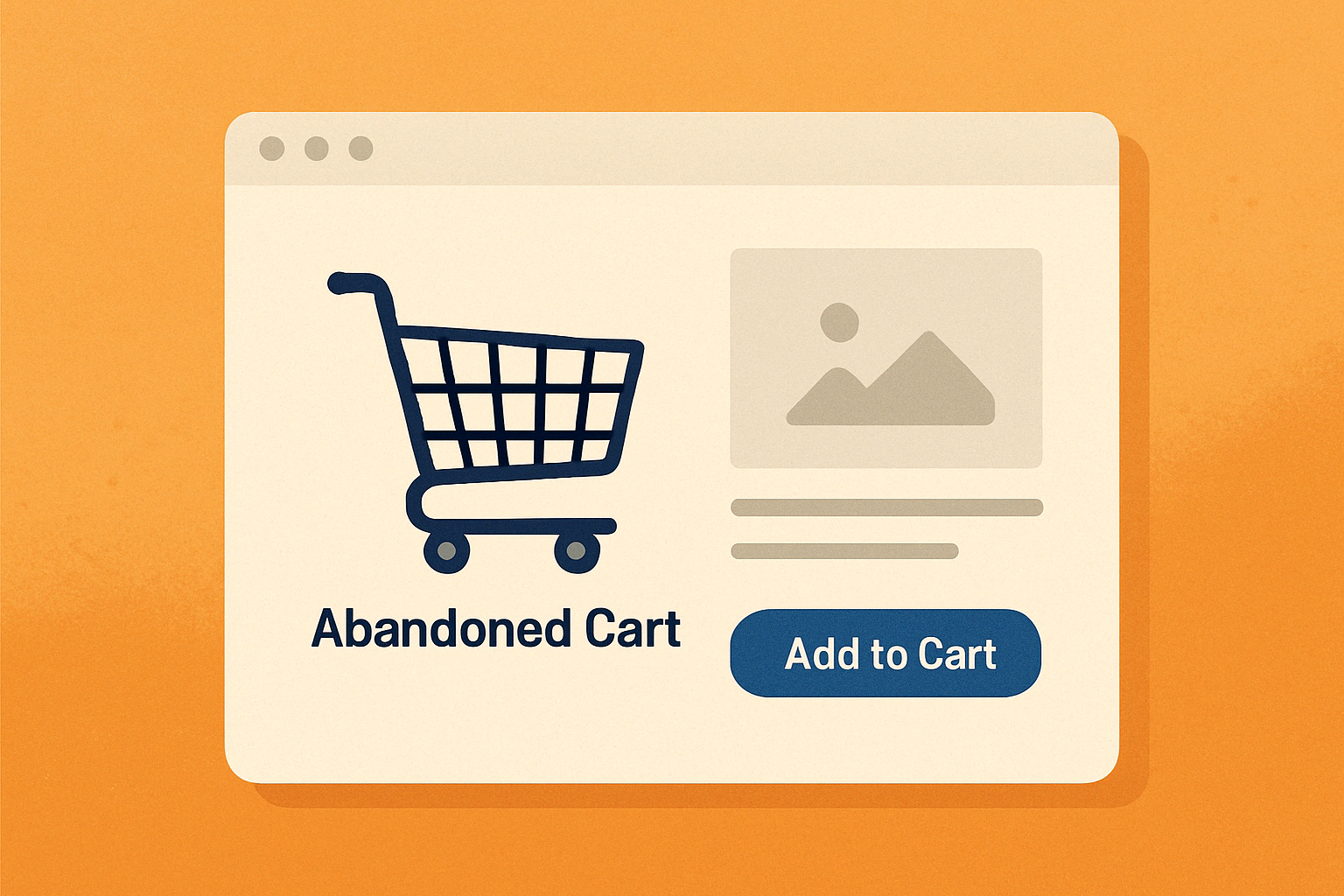1. Know the Platform Rules Inside and Out
Different social platforms—Facebook, Instagram, TikTok, Twitter—each have their own policies regarding cannabis content. Some may outright ban the mention of THC, while others might allow educational posts but not direct ads.
Action Steps:
- Study Updated Guidelines: Terms can change frequently, so check regularly for updates.
- Use Age Restrictions: Many platforms permit “adult-only” targeting, reducing the risk of minors seeing your ads.
- Avoid Medical Claims: Unless you’re in a strictly regulated medical context with disclaimers, refrain from claiming health benefits.
2. Create Value-Driven Content
Social media users have no patience for generic ads—especially if they’re about cannabis, which can already be controversial. Focus on content that educates, entertains, or informs. Demonstrating how to use a product responsibly or showcasing behind-the-scenes looks at your cultivation process can build trust.
Content Ideas:
- Educational Guides: Cover different strains and their terpene profiles.
- User Testimonials: Spotlights on real customers (with permission) who can vouch for your product quality.
- Q&A Sessions: Go live to answer community questions, establishing transparency.
3. Dispensary Social Advertising That’s Compliant
When crafting social ads, subtlety is key. You can highlight your brand’s benefits—like unique strains, quality certifications, or discounts—without overtly showing product consumption or suggesting medical cures.
Pro Tip: Use text overlays sparingly. Many social media platforms have rules about how much text can occupy an ad image. Also, keep disclaimers clear and mention that your products are intended for adults of legal age only.
4. Retarget Competitor Traffic for Better ROI
Given the restrictive nature of cannabis advertising, you must maximize every dollar spent. A highly effective route is to retarget competitor traffic—users who already browse other dispensaries or cannabis product sites. By focusing on these warm leads, you stand a better chance of converting them while using fewer resources.
Rival Response retargeting simplifies this process by identifying those competitor visitors and letting you serve them ads or content. You can highlight what sets your brand apart—be it pricing, product variety, or sustainability measures—effectively nudging them to give your dispensary a try.
5. Leverage Influencer Partnerships Wisely
Micro-influencers can also help you sidestep some advertising hurdles. Since they share organic content, you won’t be placing direct “ads.” However, you still need to ensure each influencer discloses partnerships according to federal guidelines and platform terms.
Checkpoints:
- Influencer’s Age & Audience: Confirm they are of legal consumption age and their followers are largely age appropriate.
- Content Approval: Ask to review posts before they go live to ensure compliance with brand guidelines.
- Long-Term Relations: Focus on building genuine partnerships rather than one-off promos. Authenticity sells.
6. Monitor, Measure, and Adjust
Effective cannabis social media tips rely heavily on data. Watch engagement metrics like likes, shares, saves, and comments. Note which content resonates best with your audience—educational videos, product showcases, behind-the-scenes reels—and refine your strategy accordingly.
Rival Response retargeting can also provide real-time feedback on how users move through your funnel after seeing an ad or post. With these insights, you can tweak your approach, focusing on what triggers positive engagement and leads to conversions.





